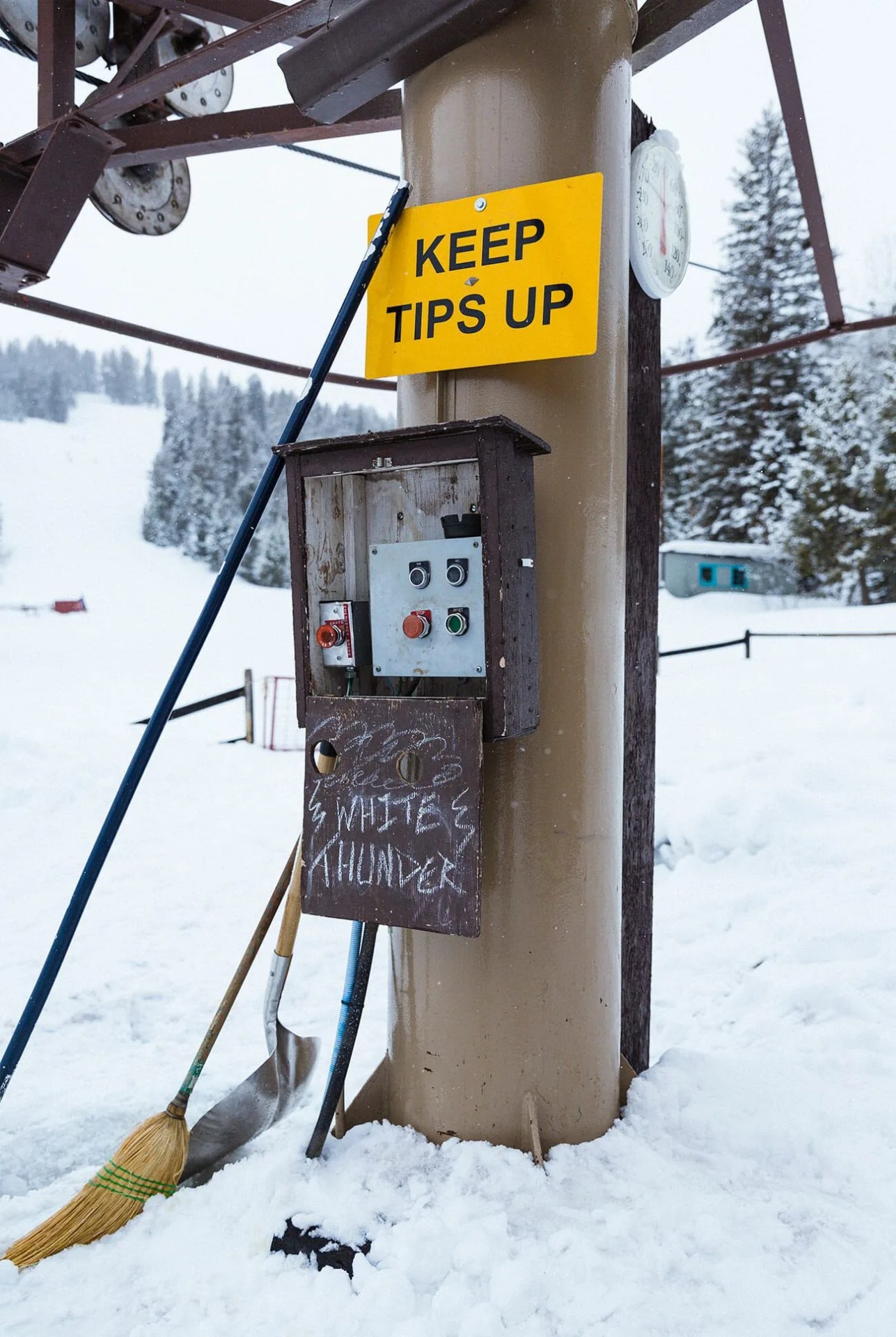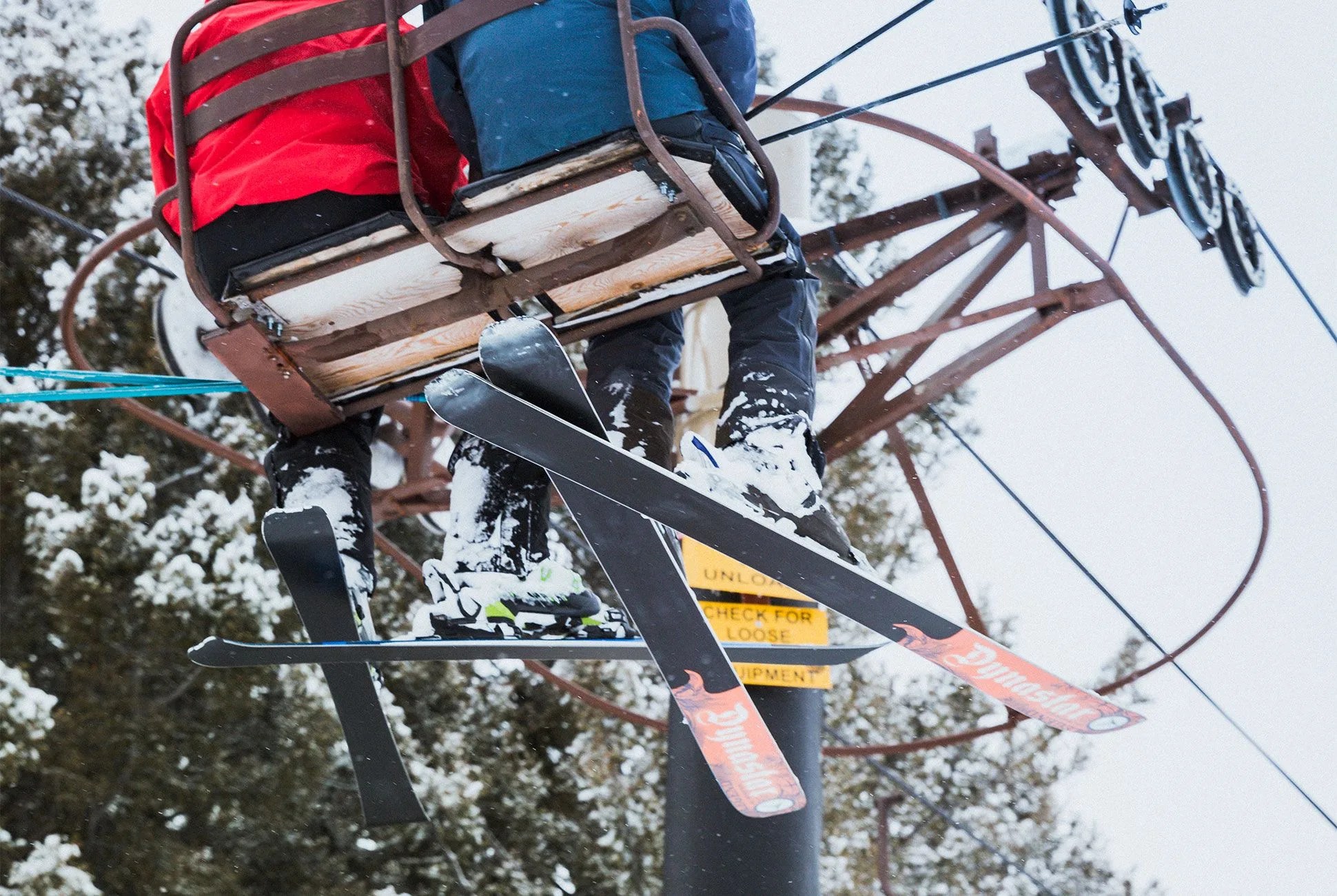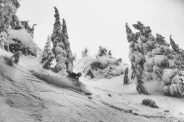We all have our heroes. In the late 80s though, skier and filmmaker Greg Stump, disillusioned with the state of skiing in North America, was bereft of any idol to speak of. So he committed to creating his own, and in 1988 released the film “The Blizzard of Aahhh’s,” a “rockumentary style” encapsulation of extreme skiing that has become the quintessential ski film. Featuring a location list that spanned the globe and a soundtrack that featured popular music (Frankie Goes to Hollywood, Act, among others), the movie created the template for ski documentaries for the following decades.

Contemporary ski films may remain faithful to the underlying spirit that Stump sought, but it becomes clear in the first five minutes of “Aahhh’s” that a lot has changed. Not just the retro blocked neons that colored the kits those skiers were wearing — these have recently returned as a trend in outerwear — but the skis themselves, and the way in which skiers ride them.
Back then, skis were long, straight and narrow. People skied them with feet close together, hopping to transition from one turn to another. That all changed in the nineties when ski manufacturers began to experiment with sidecut, the gentle arc produced when a ski is narrower at the waist than it is in the tip and tail. The design’s goal was to make skiing easier, faster and more controlled. The Slovenian company Elan was among the first to find success selling shaped skis, particularly after its flagship SCX, or “Sidecut Extreme,” began appearing on race podiums and even more so when it was seeded to ski instructors who saw immediate results with beginner and intermediate students.
Today, ski making isn’t as firmly entrenched in design norms — skis of every shape and length exist, as do styles of maneuvering them. It’s enough where those who learned on those older models might have to adapt how they ski to control the latest set of boards. “The skis used to be straight and skinny and to get enough surface area underneath you, putting your skis together underneath you was a way to make that happen,” says Jessica Baker, a former World Tour Freeskiing champion and an active PSIA Level III ski instructor (the highest certification an instructor can attain). “Now what we’ve got is fatter skis, we’ve got shaped skis; they’re way easier to ski. You don’t have to be so abrupt in your moves, you can get a lot more subtle, and you can be more athletically positioned in your stance. [Skiing is] way more efficient because the gear has changed.”

Baker admits that adapting to contemporary ski designs is more of a generational issue — many of her clients have grown up on skis as we know them today — but that doesn’t make the rest of us overqualified for a lesson; there are still benefits to be gained, even for those of us who consider ourselves experts.


